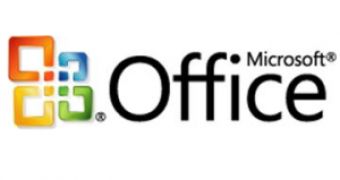Microsoft has debuted plans to open up the proprietary format used by office Outlook in order to store data. Paul Lorimer, group manager, Microsoft Office Interoperability, explained that the Redmond company was doing nothing more than to respond to increasing data portability necessities for its customers, while also making an important step toward interoperability. When it will make public the Outlook Personal Folders (.pst) documentation, Microsoft will allow developers to access the information stored by the email client across all platforms. The open .pst format means that customers will be able to leverage third-party applications that can access email, calendar, contacts, and other data generated by Outlook, while not using the Redmond company’s client.
“On desktops, this data is stored in Outlook Personal Folders, in a format called a .pst file. Developers can already access the data stored in the .pst file, using Messaging API (MAPI) and the Outlook Object Model—a rich set of connections to all of the data stored by Outlook and Exchange Server—but only if Outlook is installed on the desktop,” Lorimer noted. “In order to facilitate interoperability and enable customers and vendors to access the data in .pst files on a variety of platforms, we will be releasing documentation for the .pst file format.”
At this point in time Microsoft has not indicated when the documentation will be made available to the public. According to the software giant, the efforts around opening up .pst are still very early on. Lorimer has indicated that Microsoft is currently gathering feedback from both industry experts and customers in order to ensure that the documentation meets the necessary quality standards. Once it will be finalized, the documentation will be made available under the Open Specification Promise, the Redmond company revealed. The .pst file format can be implemented into any platform and in any tool, as long as Microsoft will provide access to the documentation. Lorimer promised that the Redmond company developers leveraging the .pst documentation would not need to worry about patents or even to contact Microsoft.
Developers will be allowed “to read, create, and interoperate with the data in .pst files in server and client scenarios using the programming language and platform of their choice. The technical documentation will detail how the data is stored, along with guidance for accessing that data from other software applications. It also will highlight the structure of the .pst file, provide details like how to navigate the folder hierarchy, and explain how to access the individual data objects and properties,” Lorimer added.

 14 DAY TRIAL //
14 DAY TRIAL //